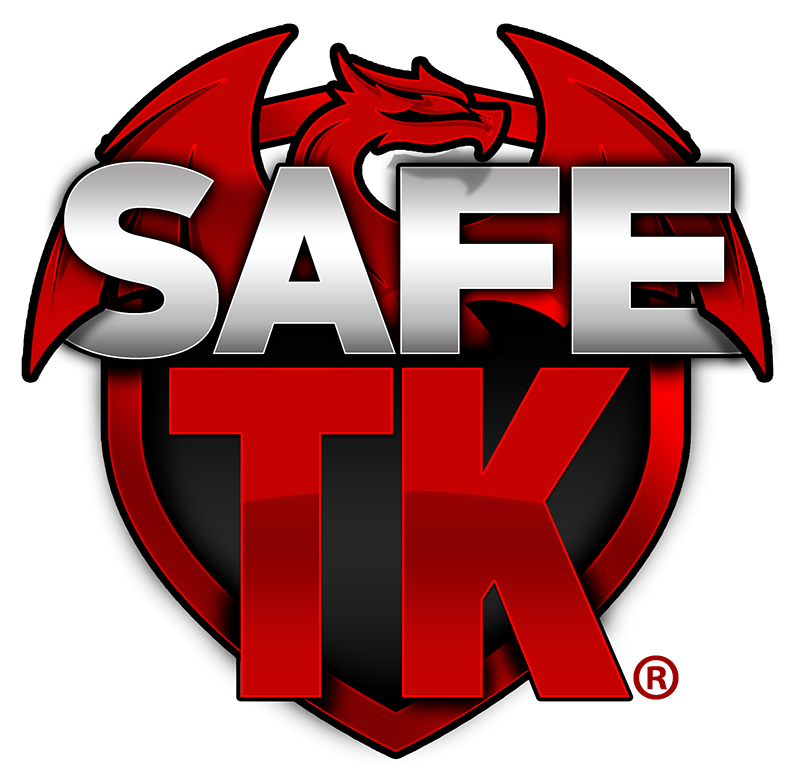Increase Plant Uptime

Organizations around the world face the same challenge on how to increase the plant uptime while simultaneously reducing maintenance costs. While the solution is often dependent upon a wide range of scenarios, the overarching theme is that maintenance leaders need to find creative solutions that maximize resources while reducing downtime.
The core tenements of productivity are three tasks:
- Increase Uptime
- Reduce Downtime
- Increase Efficiency
To be productive, an asset must be functioning, that is the central concept. This creates the need to concentrate on increasing the usability of an asset. Any asset is only productive when it is running. This places a large necessity on increasing the plant uptime.
Uptime
The uptime of an asset is defined as the period of time at which it is fully operational. During this period, the asset is able to produce output or revenue-creating functions.
Presently, organizations endeavor to maintain their assets at peak running operations to ensure that production goals are met.
These goals require an asset to maintain the maximum time of plant uptime possible. One of the easiest ways to increase asset uptime is to decrease the downtime.
Downtime
The inverse of uptime is when the asset is non-functioning and revenue production has been halted by a lack of production.
While downtime is useful and necessary for the overall health of operations, it can be divided into two categories: Unplanned and Planned.
Planned
Planned Downtime is the unavoidable maintenance of equipment to maintain and increase production and revenue producing ability. When this critical work is planned appropriately, the maintenance of assets can be scheduled in a controlled environment where these actions will cause minimal impact on the overall production of the asset.
Unplanned
Unplanned downtime is the enemy of maintenance professionals in every field. These incidents cause chaos and generally end up as a drain on economic resources for the organization. When any asset fails with little to no warning, the result is Unplanned Downtime. Whether caused by a shortcoming in preventative work or due to faulty equipment or part, the reduction or even elimination of unplanned downtime must remain a senior priority for everyone.
The transition from reactive maintenance to prioritizing preventative maintenance has been developing in recent years. This shift has demonstrated indisputable rewards with many companies by greatly reducing instances of unplanned downtime.
Increase Efficiency
Without a properly planned or scheduled process, the typical eight-hour workday often yields as little as 2-3 hours of actual wrench time as opposed to the maximum time possible of 6-7 hours.
A basic and well-planned scheduling process has the ability to nearly double active wrench time, improving utilization by up to 50%.
Preventative scheduling and planning is not a simple task. The process of scheduling crews to perform a wide variety of jobs faces complex mix of variables. Additionally, obstacles such as vacations, sick days and other unexpected factors create even more complications in the scheduling process. Companies today are relying upon multiple systems that sharing information to guarantee that critical data is being preserved and tasks are not being repeated or duplicated.
Going Forward
Creating efficiency is a complex process for any organization. That challenge increase when the reduction of costs is an ever-increasing expectation on the maintenance team.
Organizations and leaders who are able to successfully accomplish this task are those who are able to adapt to new trends and technology in combination with a knowledgeable and willing staff. These are the leaders who are willing to invest in today to benefit tomorrow.
Partnering with Stilwell & Associates means that you will have access to the most current and up to date product on the market that will not let you down. Unlike other well-known software solutions and ePTW systems , SafeTK™ has the cross-functionality between modules that saves our clients a substantial amount of time. You can issue a full work package within a few minutes (or less if utilizing an authorized procedure or standard) and that includes the printing of the tags.
